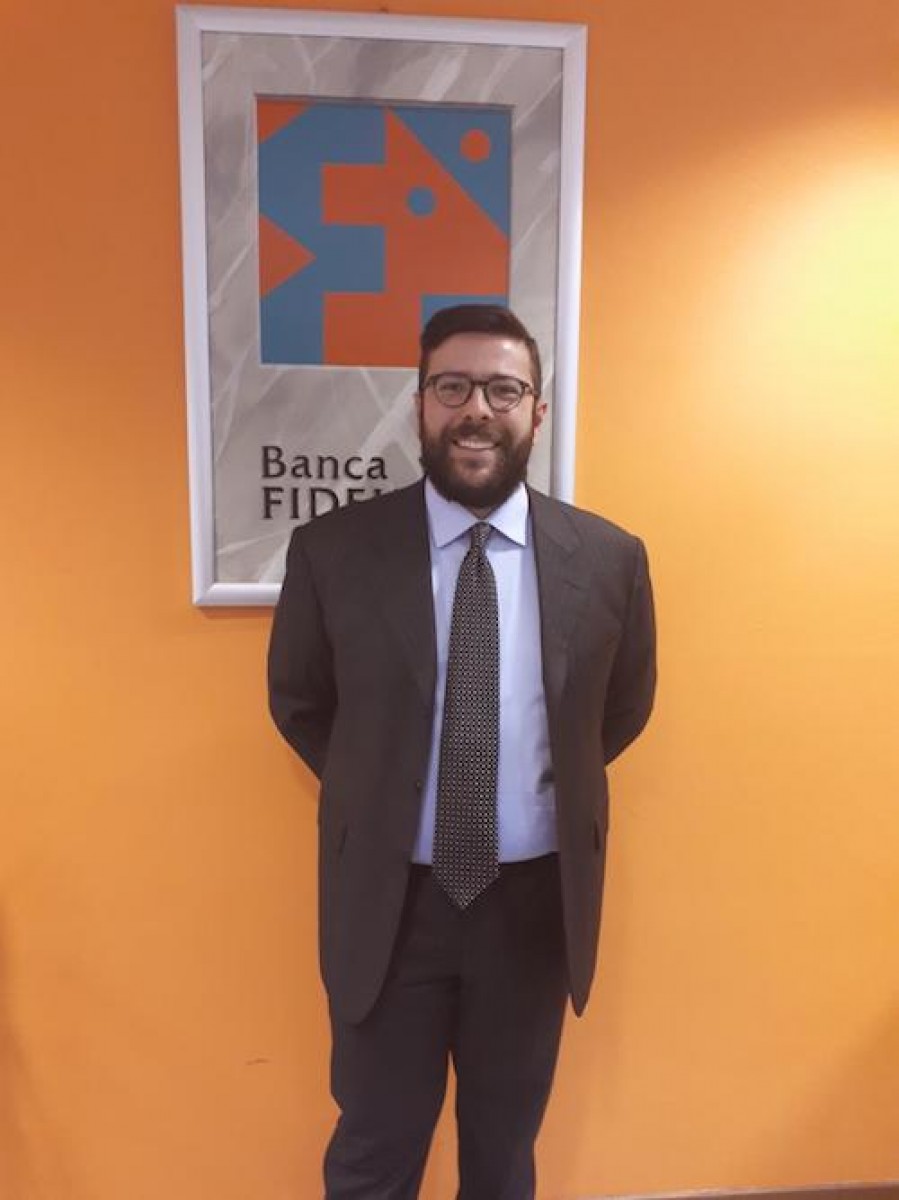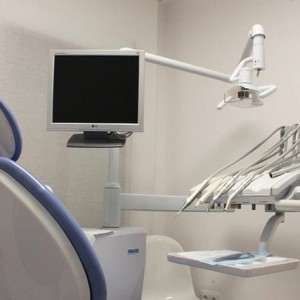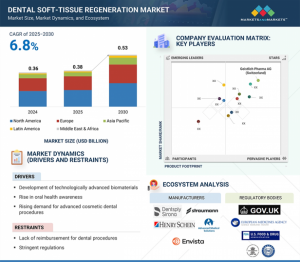
Life cycle theory in new clothes
Author: Luigi Campopiano
When we talk about financial planning, one of the most famous and useful theories for understanding the importance of looking ahead is certainly Life Cycle Theory, presented by Franco Modigliani and Richard Bumberg in 1954.
Briefly, this theory, for which Modigliani won the Nobel Prize in 1985, postulates that people’s consumption choices must be considered over the span of the different phases of their lifetime: youth, work, retirement. According to Modigliani, a rational human being attempts to maintain a constant consumption profile throughout life, in order to maximize overall wellbeing.
To do so, he or she must take into account the fact that the capacity to generate income and wealth varies greatly over one’s life span: when young, income-generating capacity is near nil, it rises over the working life, then, with the end of active employment, finally ceases.
In Modigliani’s model, the work phase is the only one in which a surplus between revenue and spending is generated. In other words, it is the time in which Y (income) is greater than C (consumption) giving a difference S (savings) that should provide for the creation of wealth, capital. In the other two phases income is lower than consumption, so young people’s consumption is usually supported by their parents and older people, with declining incomes can find it difficult to face unforeseen expenses, such as the ones related to health problems.
After this brief recap, we would like to discuss critically the applicability of Modigliani’s theory, in the present day context, 65 years on. What practical conclusions can we draw from this re-visitation.
What has changed and how to interpret life cycle theory?
Many things have changed substantially over this period. In the Italian context, if we look at the demographic, social and economic situation, we cannot avoid considering the fallout on the financial plane. Italy has the lowest natality rate in the European Union, has had the greatest increase in longevity, a substantial shift from multi-member to single-member families, fundamental changes in working conditions, increased spending on health due to lack of self-sufficiency. These are but a few of the major aspects to take into consideration when reviewing the life-cycle model, now virtually obsolete and far from reality.
From a practical point of view, a few repercussions stand out:
• Increasing levels of education, together with a stagnant job market, are progressively postponing the passage from young to working phase. According to Eurostat, in Italy, young people leave home on average at 30.1 years of age: according to a study of the Visentini foundation, Italy is near the bottom of the league in Europe for inter-generational inequality (only Greece is worse off) and economic “independence” is predicted to be reached only at 40 in the near future.
• The increase in precarious employment and the attempts to rebalance the social security system with the reform the pension system has prolonged working life and postponed the retirement age. In the 1980’s on average retirement was at 50, whereas in 2018 it was 61 for retirement and 68 for old age pensions.
• In general, improved living conditions have lengthened life expectancy. Consequently, even the third and last stage of life is long. When life cycle theory was proposed, average life expectancy was 66, now it is 82. Even though this is a very positive outcome, it complicates matters by vastly increasing health costs, particularly acute care, that accompany an aging population.
These phenomena should automatically stimulate financial counter-measures. There is as yet a low perception of how the lengthening life cycle represents a serious problem, that if not adequately contrasted will have serious financial consequences.
We believe that one of the few valid ways to contrast this phenomenon is to increase the savings rate during the working phase. We will need more money to face the phases in which we are in deficit, both for bringing up our children and for retirement.
We cannot delay this fundamental concept, that can really make a difference to those who embrace it, but we do have one important ally: time.
( Source: https://rpubs.com/)
 Related articles
Related articles
News 19 September 2025
Specialist business property adviser, Christie & Co, has launched its Dental Market Review 2025 report, which offers a panoramic view of the UK dental business sector, spotlighting important...
News 10 September 2025
Imagen Dental Partners, a collaborative dental partnership organization, is pleased to announce its entry into Kentucky through a new partnership with Toothologie, led.
News 02 September 2025
The “Dental Soft Tissue Regeneration Market (2025 Edition): Analysis By Product Type, By Application, By End-User: Market Insights and Forecast (2021-2031)” report has been added to...
News 15 August 2025
Chord Specialty Dental Partners (“Chord”), a premier dental support organization, today announced its partnership with Dr. J Pediatric Dentistry, a leading pediatric dental group serving families...
News 18 July 2025
The global Dental Bone Graft Substitute Market is experiencing robust growth, driven by a rising prevalence of dental issues and an increasing demand for cosmetic dental procedures.
 Read more
Read more
Editorials 10 October 2025
With proud smiles and crisp white coats, ninety-three learners from the DDS Class of 2029 and the International Dentist Pathway Class of 2028 marked the start of their dental careers at the UCSF...
Periodontology 10 October 2025
Continuous professional development (CPD) in Periodontology refers to the overall framework of opportunities that facilitate a life-long learning practice, driven by the learner-practitioner and...
TheraBreath, the #1 alcohol-free mouthwash brand in the U.S.*, has introduced a new line of dentist-formulated, clinically tested toothpastes designed to support professional oral care...
News 10 October 2025
New officers and trustees were installed at the Minnesota Dental Association’s Leadership Conference on September 19 in Minneapolis.
News 10 October 2025
Smartee Denti-Technology today announced that Professor Gang Shen, its Chief Scientist and Executive President of TaiKang ByBo Dental, has once again been named to the World’s Top 2% Scientists...
















